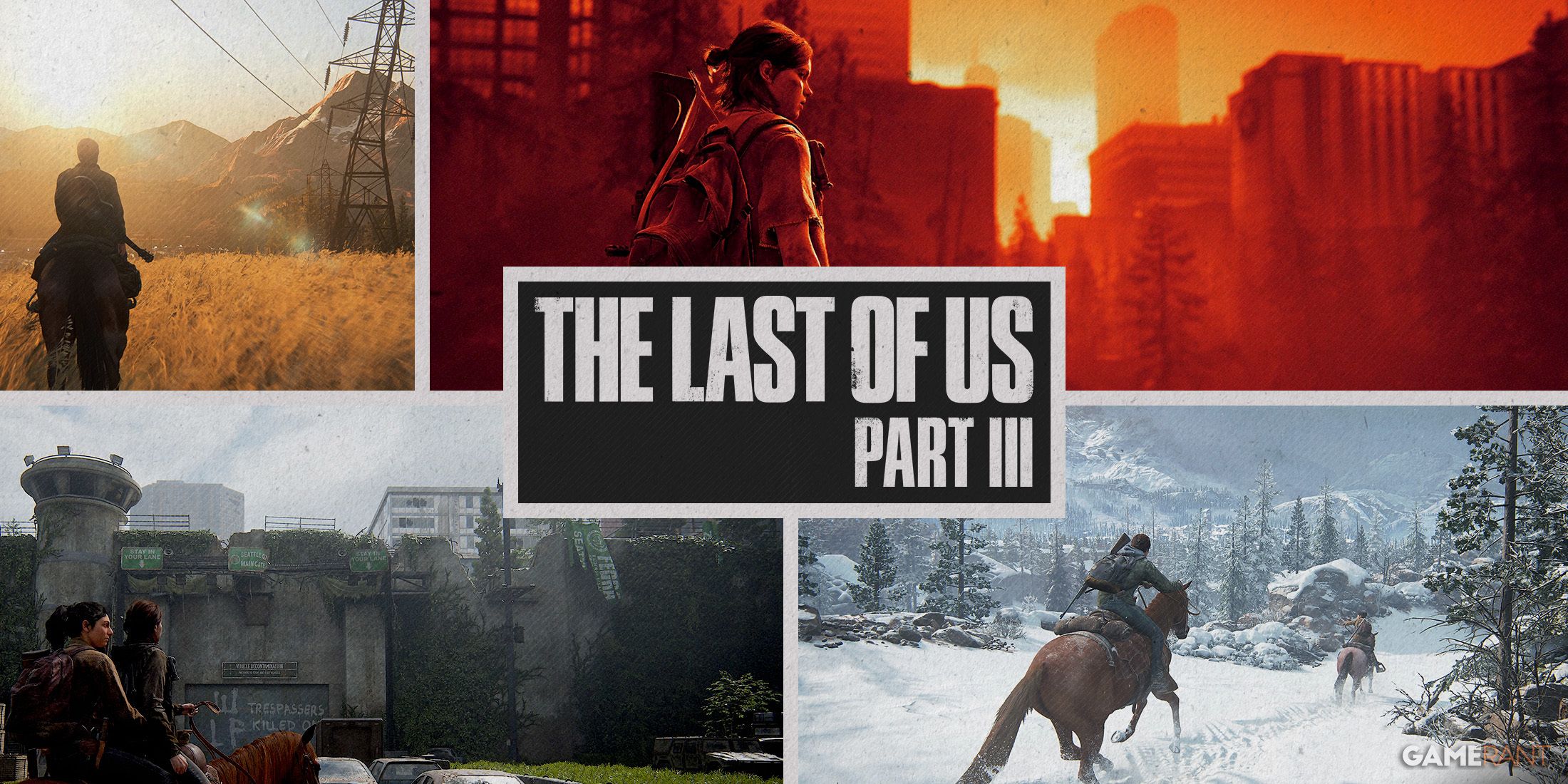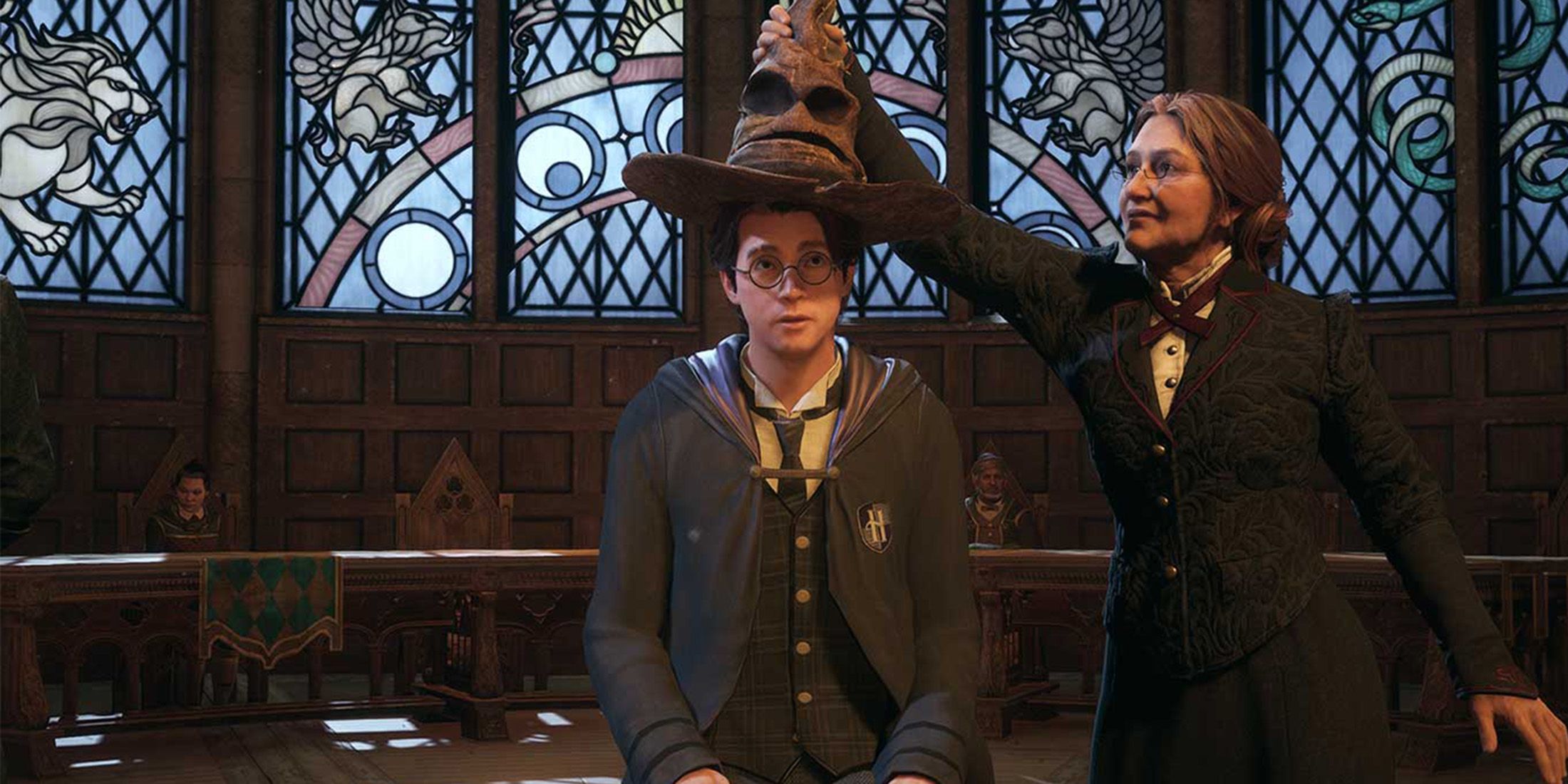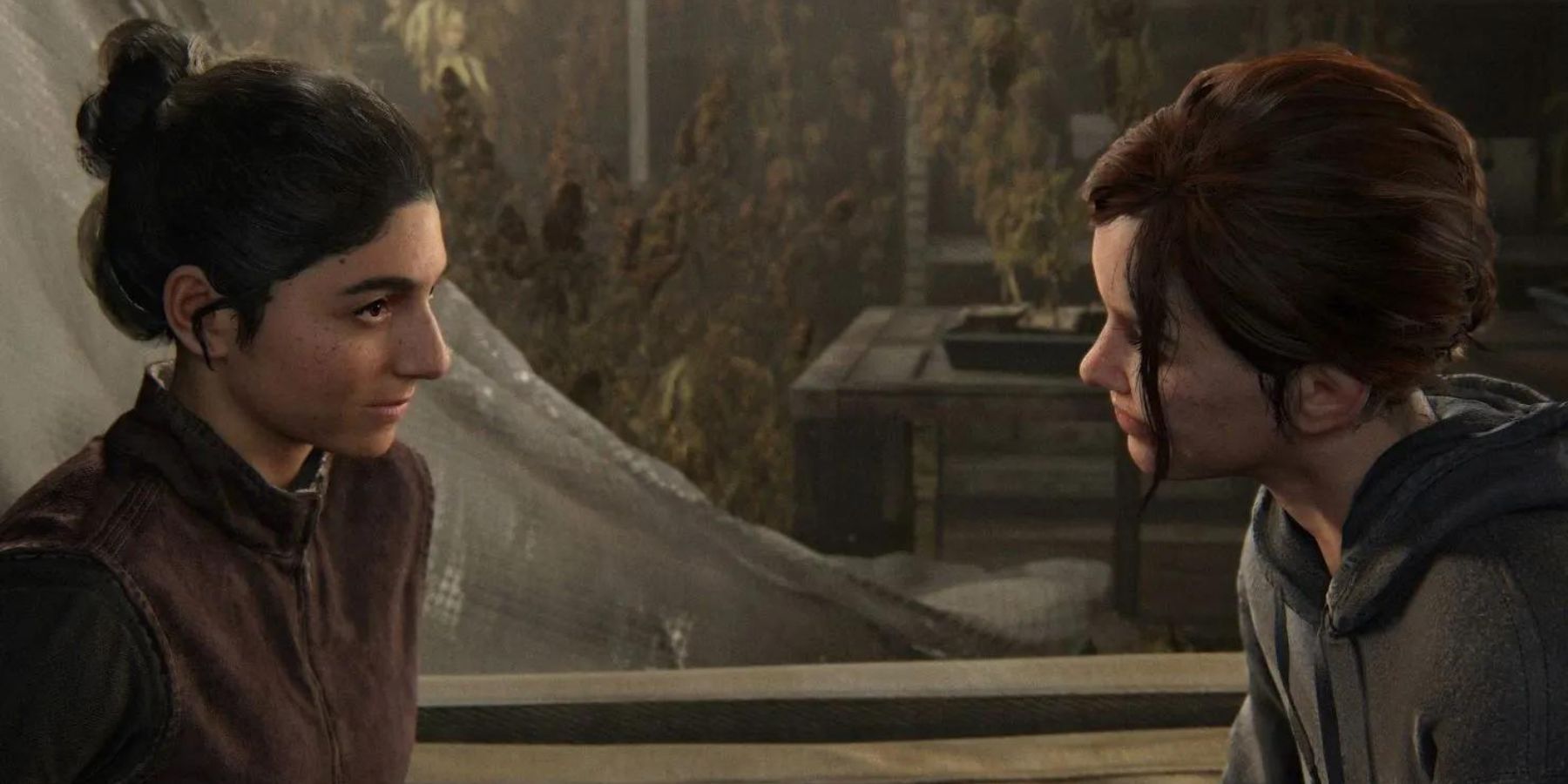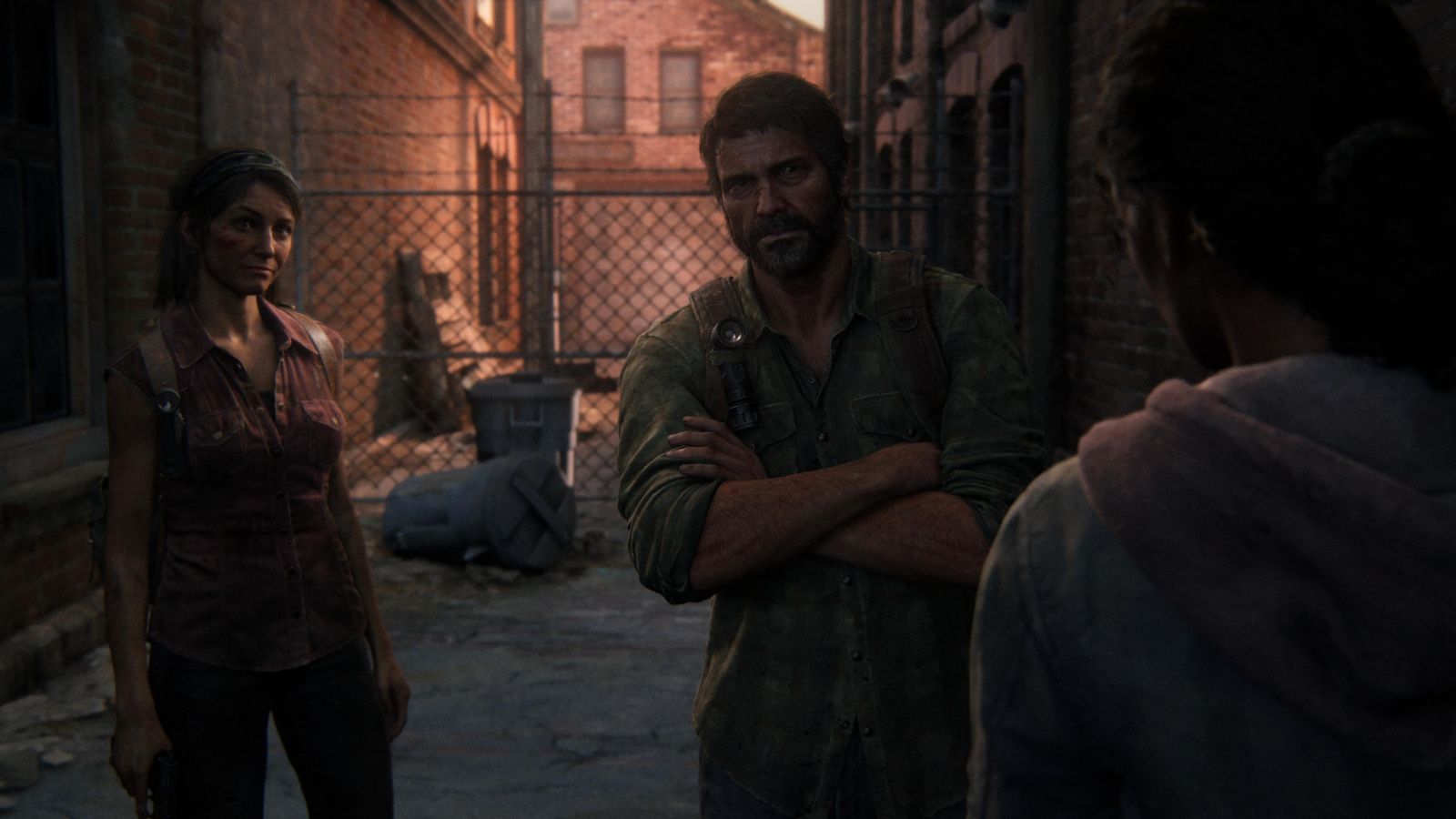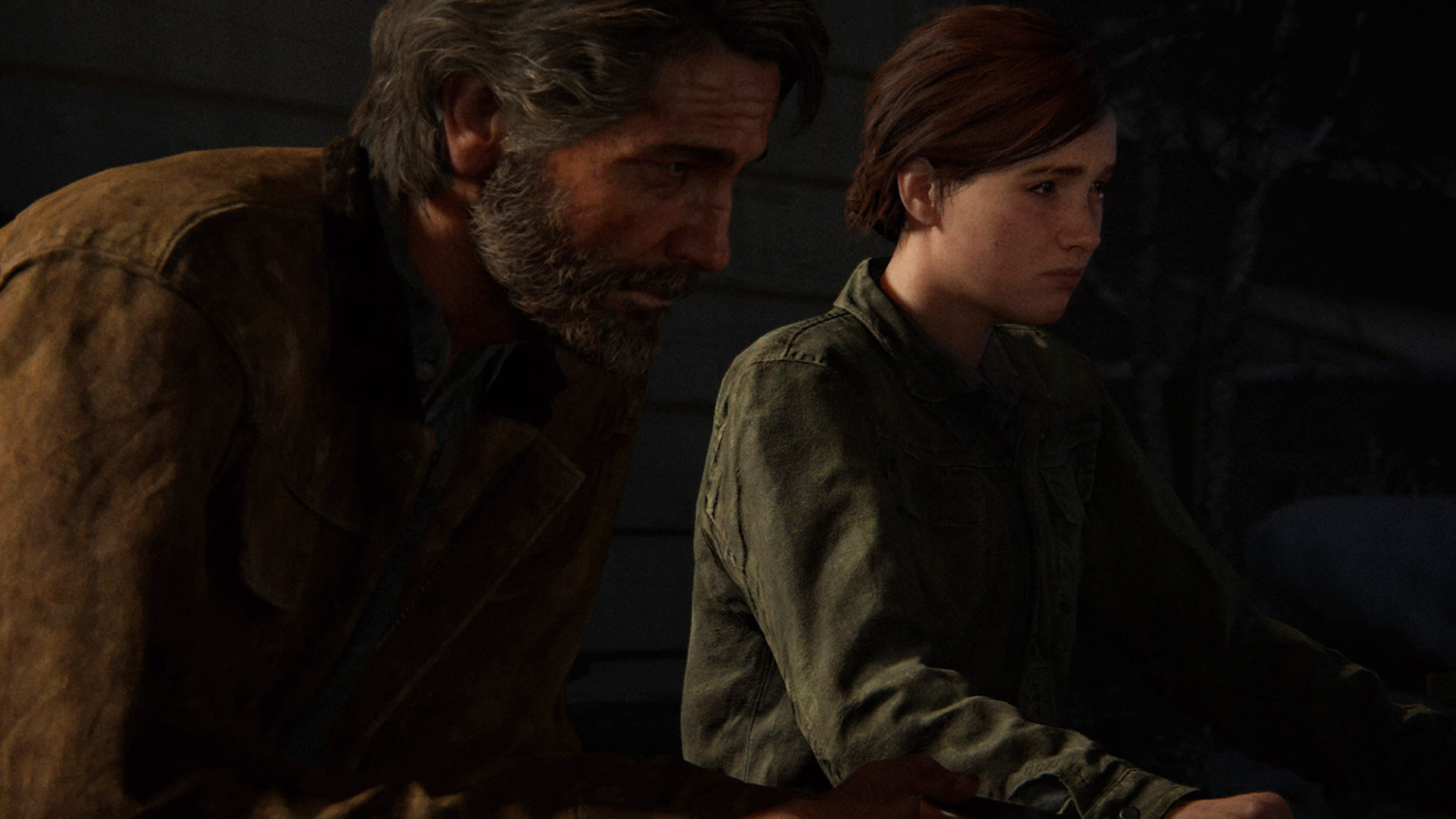Besides The Last of Us’ multiplayer spin-off which has already been announced and is in development, it seems inevitable that The Last of Us will continue thereafter, whether in proper sequels or other spin-offs. The franchise has gotten to be so popular now that it would seem absurd to shelve it now, but its popularity will hopefully not dictate every decision made for a potential The Last of Us Part 3. If anything, there are crucial lessons that a Part 3 could learn from both the original The Last of Us and its sequel, The Last of Us Part 2.
The Last of Us has always been a riveting franchise because both entries have been able to end up in a place where a sequel seems ambiguous. The Last of Us arguably did not even need a sequel based on where it left off, but having Part 2 offered closure for Joel and Ellie’s relationship from where it had been bookmarked in Part 1. Now, Part 2 has left the series in a similar place, where there are multiple avenues a Part 3 could stretch forward into. However, Part 3 might have a more agreeable reception if it follows the storytelling approach that Part 1 took instead.
The Last of Us Part 1 Has Linear, Simple Storytelling
The Last of Us Part 1’s storytelling is impactful in a number of ways, but most chiefly it is impactful due to its simplicity. There is a lot that The Last of Us neglects to share, from details pertaining to the 20-year gap between the prologue and the present day, for example. This lets players fill that lack of context with their imagination, especially when it comes to why Joel and Tommy’s relationship is so contentious. The only detail players truly need to remember is that Joel’s daughter was tragically killed, and that has stirred a ruinous rage within him. The plot of The Last of Us Part 1 is equally simple—take the girl to the location.
This job seems straightforward enough and favors owed to Marlene and Tess are what ultimately prods Joel to accept, while other unforeseen circumstances land in their lap and alter Joel and Ellie’s character developments together. If The Last of Us Part 3 is indeed in the works, it would probably find the most success by returning to this formula of linear storytelling, whether it decides to feature Ellie, Abby, Lev, or a new protagonist.
The Last of Us Part 2 Has Nonlinear, Divisive Storytelling
The Last of Us Part 2’s storytelling is still highly impactful and obviously filled with emotional beats, but it is much more nonlinear and entangles different storylines and flashbacks together in a way that is meant to feel unsatisfactory until its last moments. This involves Ellie and Abby’s opposite perspectives and how they intertwine with one another. Naughty Dog peppers flashbacks throughout on both of their behalves to add a bit of much-needed context.
These flashbacks explain that Abby’s father was the surgeon Joel killed, while Ellie’s flashbacks are a sucker punch to the gut in seeing how fatherly and loving Joel has become in the five years after the events of Part 1. These moments can get muddied in the grand scheme of the narrative, which spends a lot of intimate time with each protagonist in order to share their perspective thoroughly. If Part 3 has no reason to share screen-time between two protagonists like this, then it might be best to avoid that same nonlinear storytelling.
The Last of Us Part 3 is rumored to be in development.

